If you are looking for a way to distance yourself from the grocery store while living a healthier lifestyle, then growing a throwback Victory food garden is the way to go!
The concept of a Victory garden has been around since the First World War. It regained popularity again in the last few years with people being unable to get fresh supplies and produce at their local grocery stores.
Even though things are little more settled once again these days, Victory gardens are still gaining in popularity. They are a great way to grow fresh vegetables, all while being able to be outdoors and get a little exercise in the process!
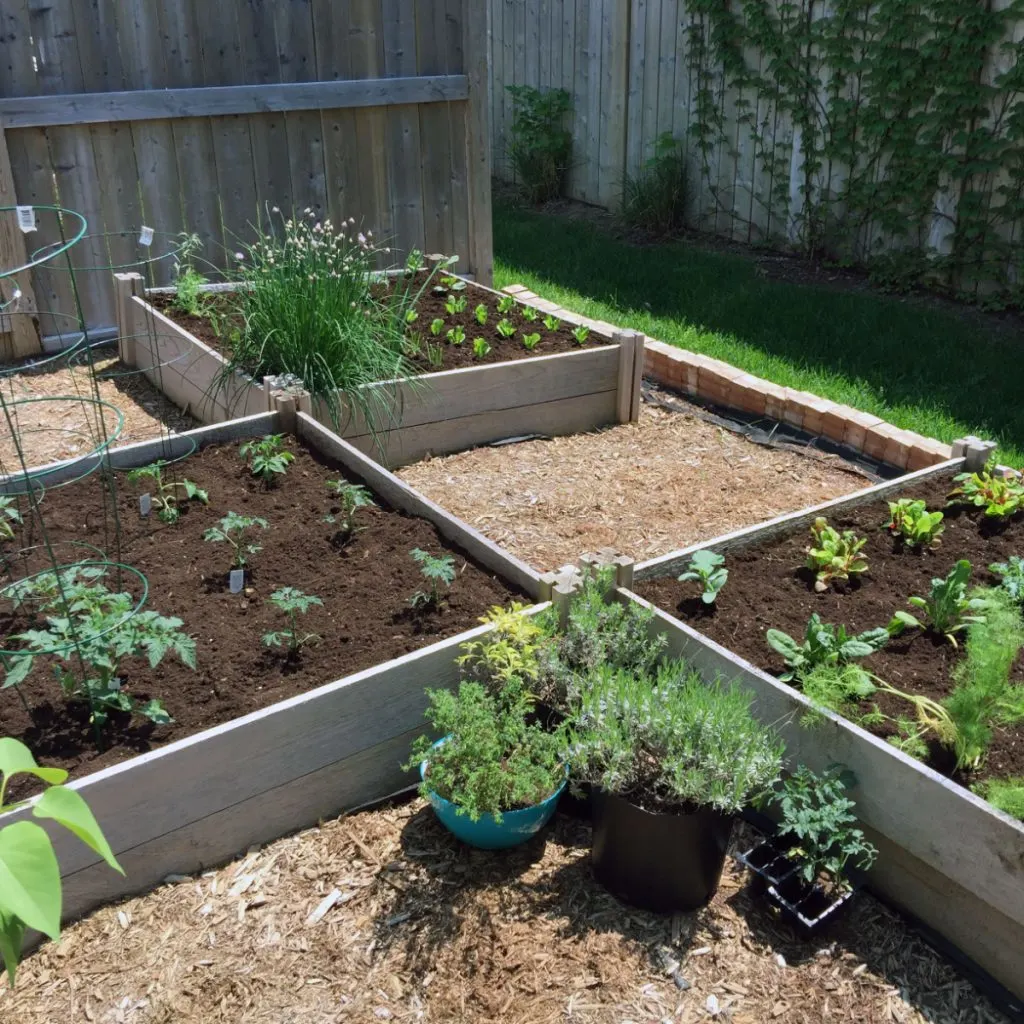
The best part of all – creating your own little backyard Victory garden couldn’t be easier. Whether you create it as a traditional garden space, in raised beds, or even with containers – planting inexpensive seeds can have you and your family enjoying fresh vegetables all summer long.
Even better, it can keep you out of those expensive produce aisles at the grocery store. Here is a look at the history of Victory gardens – and a quick and easy way to start your own from seeds this year!
Growing Victory Gardens – The History
The concept of a Victory gardens started during World War 1 and came out of pure necessity. Individuals in the United States and other ally countries were encouraged to use all of their extra outdoor space to produce fresh vegetables and other food items.
Home gardens helped to prevent a food shortage during these harsh times. The gardens allowed large commercial farms to be used to feed the troops instead. It was also a way for everybody to do their part for the war effort while back at home. To help, many governments passed out loads of seed packets.
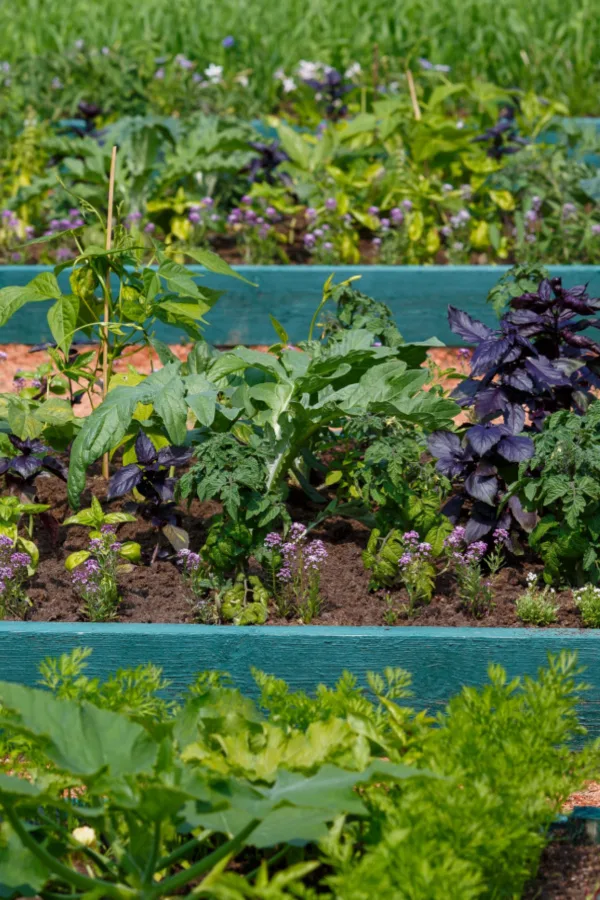
Whether it was an in-ground backyard garden, a few small window box planters, or even a large community garden, those not on the front line were doing their part during wartime. The result had added benefits, making many more self-sufficient than they had ever been. It also led a lot of people to fall in love with gardening!
Victory gardens were again highly encouraged during the Second World War. By the war’s end, Americans maintained around two million home and community gardens. In fact, home gardeners grew around 40% of the produce consumed throughout the country at that point!
Growing A Modern Day Victory Food Garden
The drive for Victory gardens subsided for several years until 2020 brought people back to worrying about the availability of food. With produce flying off store shelves and people unable to leave their homes, the idea of growing one once again took off.
It was as much about growing fresh produce as it was about giving people something to do while they stayed at home. In the process, modern-day gardeners learned to love getting outside and working in the soil just as their ancestors did a few generations back.
Today, some gardeners even dedicate a special Victory garden space in their landscape to grow vegetables for friends, neighbors, or those in need. With planting a little Victory garden in mind – here is a look at the basics of setting up your own!

Planting & Growing Your Own Victory Food Garden
Planning Your Garden
When creating your own Victory garden, one of the most important tips is to choose crops that you and your family will actually enjoy consuming. There is absolutely no point in growing the latest and greatest vegetables if you don’t or won’t eat them. It’s really about growing the foods you will consume – or preserve by canning, freezing or dehydrating.
Last but not least, start small. Especially if this is your first time ever growing something. One of the best ways to get into growing is to create a small space and start with seeds. Not only is it economical, you really will get a thrill from growing your own produce from scratch!
The good new, there are so many seed companies that now offer small “seed kits’ that allow you to basically buy a “garden in a box” of seeds. And for a really good price too, with most under $20! Even if there are a few seed packets you might not enjoy, purchasing the bulk pack is a great economical way to start.
- Affiliate Link: Vegetable Starter Kit Seed Vault – 20 Delicious Varieties of Vegetable Seeds for Planting
- Affiliate Link: Vegetable Seeds for Planting Vegetables and Fruits – 25 Non-GMO Heirloom Seed Packets
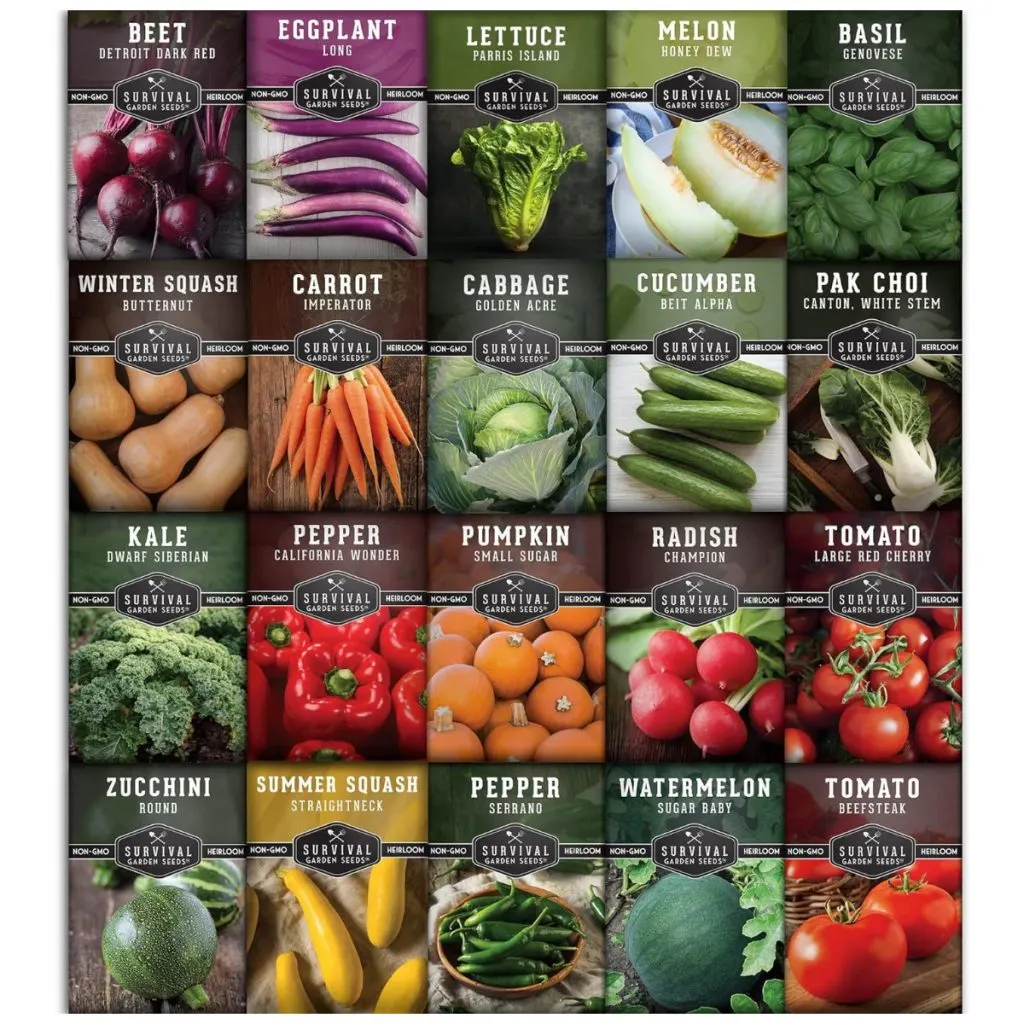
Key Tips For Growing A Backyard Victory Garden
What varieties of crops you plant will also depend on your growing location and your climate. What grows well in Texas during the Spring months will differ greatly from what thrives in Northern Minnesota.
Some of the more common spring crops include beets, carrots, leaf lettuces, kale, onions, peas, potatoes, radishes, spinach, and turnips. Summer crops include basil, beans, corn, cucumbers, peppers, pumpkins, squash, tomatoes, and melons. Fall and winter crops include most spring crops except root crops.
With many of these, you can rotate through the season to grow more in the same small space. It is a concept that Victory gardens took very seriously to grow as much food as possible.
Growing From Seed – Planting A Victory Garden
Growing from seed is a great way to have more variety choices. You can also control every aspect of the plant’s growth and it’s usually far less expensive as well. For some long-season crops like tomatoes and peppers, you will need to start your seeds indoors during the early spring months and then transplant outside when it warms. See: “How To Start Seeds Indoors”
Once you have decided on your Victory garden crops, it’s time to choose a location. For this, it’s best to select an area that receives at least 6 to 8 hours of direct sunlight during the day. The more the better!
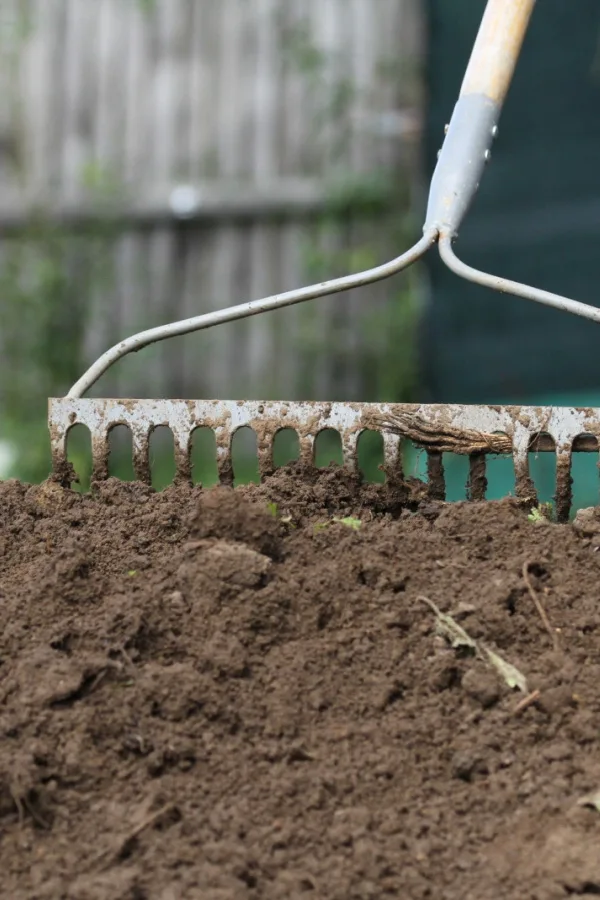
The location needs to have fertile, well-draining soil. If starting an in-ground garden, turn over the soil the first time by digging or tilling to a depth of 8 to 10 inches. Next, mix in about 3 to 4 inches of aged compost.
If using raised beds, create beds that are no wider than 3 to 4 feet so you can work both sides easily. Just as with a traditional garden, fill the beds with good soil and plenty of compost.
Plant your seeds or transplants depending on the specific variety and the directions on the seed packet. Space plants out to give them room to grow as well as have an area for harvesting. Your individual garden plan will really come down to which seeds and plants you choose and their spacing requirements.
Again, it’s so important to start small. Don’t over plant or feel you have to plant every seed. Seed packets can be kept for a few years and still be viable. But starting slow will allow you to keep your Victory garden manageable.
Growing And Maintaining Your Victory Garden
Most crops require around one inch of rainwater or hand watering each week. Again, do a little research to see what your specific crop variety requires. Stay on top of weeding. Adding a thick layer of organic mulch will help to keep weeds at bay as well as offer a whole host of other benefits to your crops and soil.
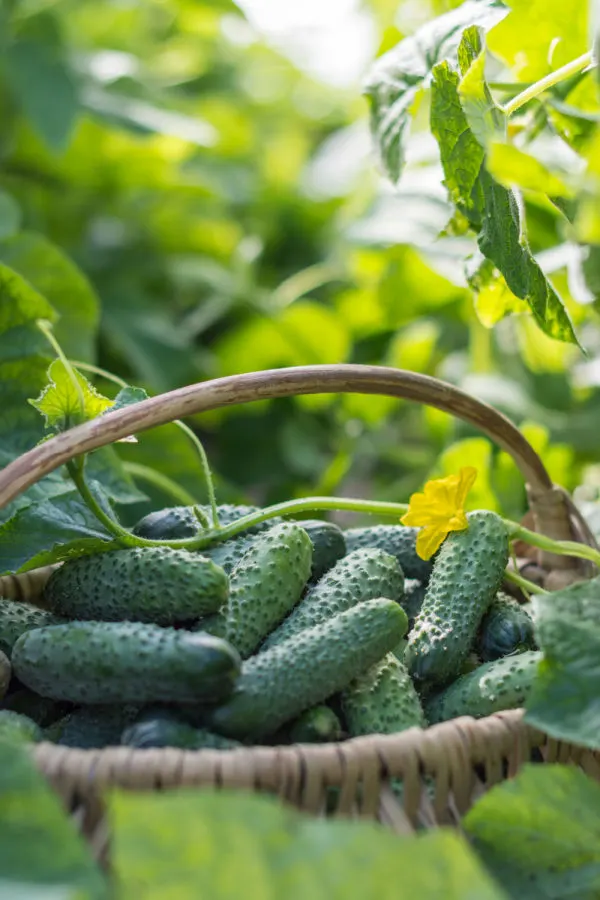
You will also want to fertilize crops for better health and production. It’s best to fertilize vegetable crops low and slow every few weeks. You can do this with homemade compost tea or by using an organic liquid fertilizer.
The most important advice of all is to have fun with it. By doing your own little part and raising some of your own food, you will be amazed at how quickly you can be “hooked” on gardening!
Simple Garden Life
Follow Our Facebook Page For Even More Great Tips! Simple Garden Life Facebook Page
Simple Garden Life is a website dedicated to keeping gardening fun, simple and enjoyable! We publish two new articles each week along with a new garden podcast episode every two weeks. This article may contain affiliate links.
